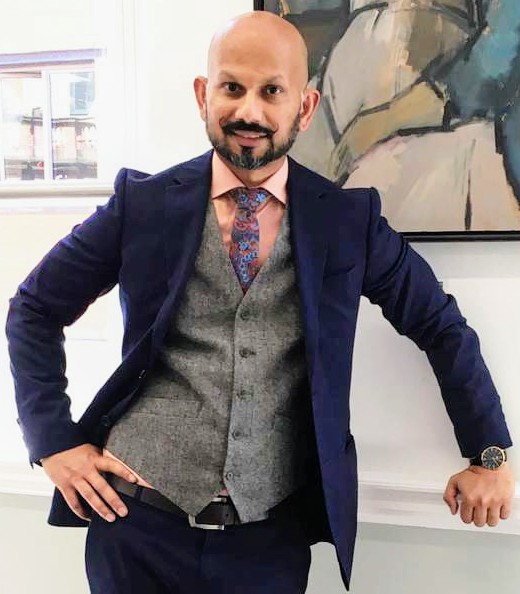Biennial Meeting Faculty Details

Shahbaz Malik, BSc (Hons), MB BCh, MSc (Orth Engin), LLM, FRCS
Worcestershire Acute Hospitals NHS Trust
Worcester UNITED KINGDOM
Mr. Malik is a Consultant Orthopaedic Surgeon at Worcestershire Acute Hospitals NHS Trust, in the UK. He is a Sports Medicine Specialist in Shoulder, Elbow, and Knee surgeries and surgery for Athletes. He obtained his medical degree from Cardiff University, following a BSc (Hons) from St George's, University of London. He began his training in London at the North Thames Foundation School and advanced to higher-level specialist training at the Birmingham Orthopaedic Training Programme (BOTP) in Birmingham.
Mr. Malik successfully completed the Fellowship exam with the Royal College of Surgeons of England and has over two and a half years of specialist Fellowship training in Sports Medicine. He furthered his expertise with a fellowship at the Arthroscopy Unit at The Royal Orthopaedic Hospital, Birmingham. Subsequently, he spent a year at the Pan Am Clinic in Winnipeg, Canada, focusing on Sports Surgery, Upper Limb reconstruction, and soft tissue knee reconstruction. He then completed the Perth Sports Surgery Fellowship (Australia), where he concentrated on all aspects of shoulder (arthroscopy and arthroplasty) and upper limb surgery, as well as ACL, PLC, MCL reconstruction, LET, meniscal repair, and multi-ligament knee reconstruction.
Mr Malik has published extensively in all aspects of Sports Medicine and is involved in projects with colleagues around the world and nationally. He has co-authored a book and written several book chapters.
https://www.shahbazmalik.co.uk/
10/23/2024
09:15 - 09:22
|
General Session |
Session IX: Sports Medicine and Developmental Issues
Lecture
Single hamstring tendon graft using suspensory adjustable button fixation for ACL reconstruction results in significantly lower MRI graft signal
Faculty
|
|
10/23/2024
12:19 - 12:26
|
General Session |
Session XI: Mixture of Topics
Lecture
Can chronicity of anterior cruciate ligament rupture influence morphologic changes of the posterior cruciate ligament and its alignment?
Faculty
|
|